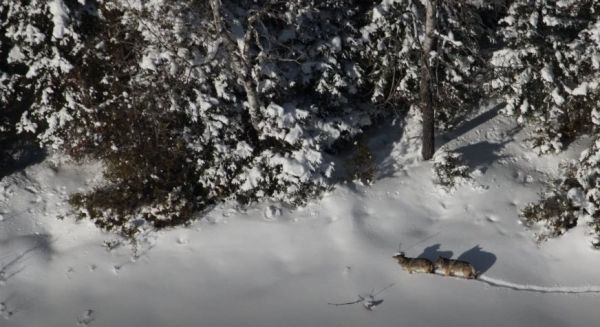Lions and leopards are endangered species. Robins and raccoons clearly are not. The distinction seems simple until one ponders a question such as: How many lions would there have to be and how many of their former haunts would they have to inhabit before we’d agree they are no longer endangered?
To put a fine point on it, what is an endangered species? The quick answer: An endangered species is at risk of extinction. Fine, except questions about risk always come in shades and degrees, more risk and less risk.
Extinction risk increases as a species is driven to extinction from portions of its natural range. Most mammal species have been driven to extinction from half or more of their historic range because of human activities.
The query “What is an endangered species?” is quickly transformed into a far tougher question: How much loss should a species endure before we agree that the species deserves special protections and concerted effort for its betterment? My colleagues and I put a very similar question to nearly 1,000 (representatively sampled) Americans after giving them the information in the previous paragraph. The results, “What is an endangered species?: judgments about acceptable risk,” are published today in Environmental Research Letters.
Read more at Michigan Technological University
Image: Gray wolves, like this pair on Isle Royale, are listed as endangered in the United States. CREDIT: Michigan Technological University


